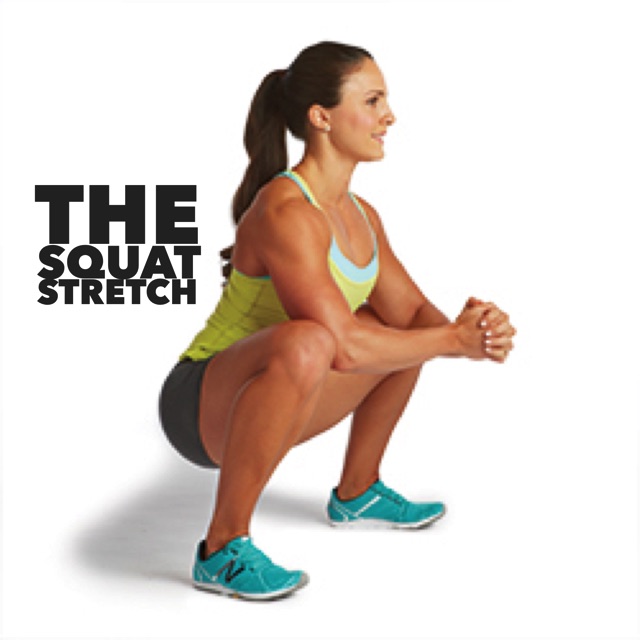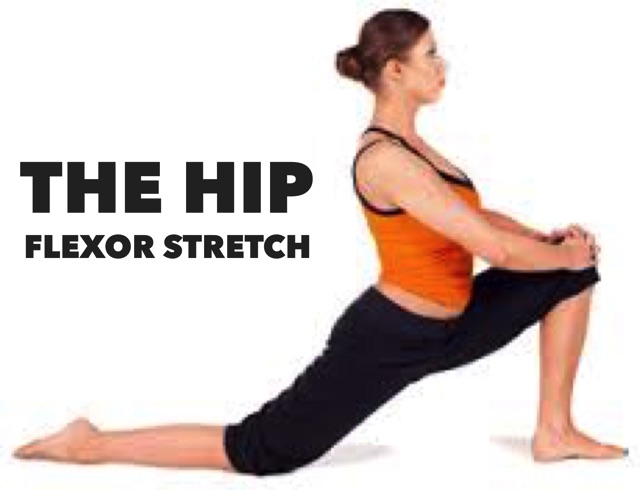

by Rachel Smith
03 March 2020
After writing a post about what I personally do when back pain strikes, I asked leading Sydney osteopath, Betty McKew for her expert tips on what freelancers can do to mitigate back pain, and how to treat it when it hits. Not surprisingly, she warns against being a bum on a seat all day (which I know I’m guilty of – probably like many of us). “It’s not natural for the body to do this and it’s a very Western thing to be sitting down in a chair all day – so getting up regularly, stretching, moving gently are all going to help your back,” she explains.

“There are two really good ones. To do the first, get down on your haunches and into a deep squat, letting your tailbone drop to the ground. Aim for your head to be nice and tall which helps to lengthen out and open up the lower back.

It’s also really important to stretch out your hip flexors (see image, right) which get tight from sitting in a chair all the time. These muscles are connected and knitted into your spine and to the discs of the lower back, which can contribute to lower back pain. To do this stretch, stand up, put one foot in front of the other so you are kind of standing in an A frame shape. You want to push your hip and your front knee forward and drop your back knee down, and you can do a stronger stretch by putting one knee on the ground and kneeling, if you have a sore knee you can put it on a pillow. If you’re doing it correctly, you’ll feel the stretch in the front, hip pocket area.”
There is no perfect chair, and it’s hard to say which chairs will work because everybody is at a different level of strength and stability in their lower back. Some people find sitting on a Swiss ball is good – some people can sit on one for half an hour a day and others find they can sit on it for a long period of time. But you’ll need a chair as well, for whilst it opens up the hip flexors, it requires more of your core, which can be tiring.
These positions are okay in small amounts but anyone’s going to get sore in one position because we’re just not designed to do that. I think the key is mixing it up rather than getting stuck in a doom spiral with your laptop at the dining room table, or on the couch.
They can be a good solution for freelancers. I think using these desks activate more of the muscles that you would normally use if you are just at leisure. It’s great if you can raise it to an ergonomic height for your eye level and so your shoulders can relax. The act of mixing it up and just that extra movement [is great for your back].
Heat packs and cold packs are both analgesic, and they both help sore muscles – unless it’s freezing weather, in which case a cold pack on the area might make you flinch and tighten up again! Generally, though cold packs have an anti-inflammatory effect, so if you have something that is really aggravated, a cold pack is probably going to be the winner. For nagging aches, cold or heat is good (unless it’s winter in which case you’d choose heat). Alternating between the two is also good. The heat relaxes the muscles, brings more blood into the area, and cold packs contract the capillaries and move the inflammatory particles and the lactic acid out of the area. So it’s often good to start with heat, and finish with cold.
Generally, analgesics, opioids, anti-inflammatories do work. If they don’t work for you then they don’t work for you but generally if you’re not taking them all the time then they tend to have an effect. Plus, if you have escalating pain and it’s really getting to you sometimes having a break from that pain [by taking a painkiller] stops your body from bracing itself so much. So a good system to have at home when you get back pain would be pain relief, manage with heat and cold and do some gentle movement if you can.
You should absolutely seek further advice and treatment if you feel like the pain is running down a limb, down your leg or down your arm, if you have any numbness or if you have any absolutely really strong or persistent pain.
What do you do for back pain? Share your strategies in the comments!